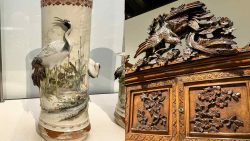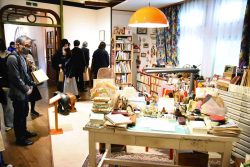Fifty-seven treasures from the vast Shoso-in Imperial collection will be displayed at the Nara National Museum from Oct. 26 to Nov. 11.
The exhibit will include pieces that convey the splendor of the Tenpyo culture that flourished during the Nara period (710-784), including a beautiful mirror decorated with glass glaze and gold, as well as an elbow rest associated with Emperor Shomu (701-756, r. 724-749).
In keeping with precedent, the venue will only accept visitors who have bought advance tickets that specify dates and entry times. To encourage even more people to appreciate these cultural jewels, the exhibition will open from 8 a.m. daily, as it was last year.
Ogon Ruri Den Hai no Juniryo Kyo
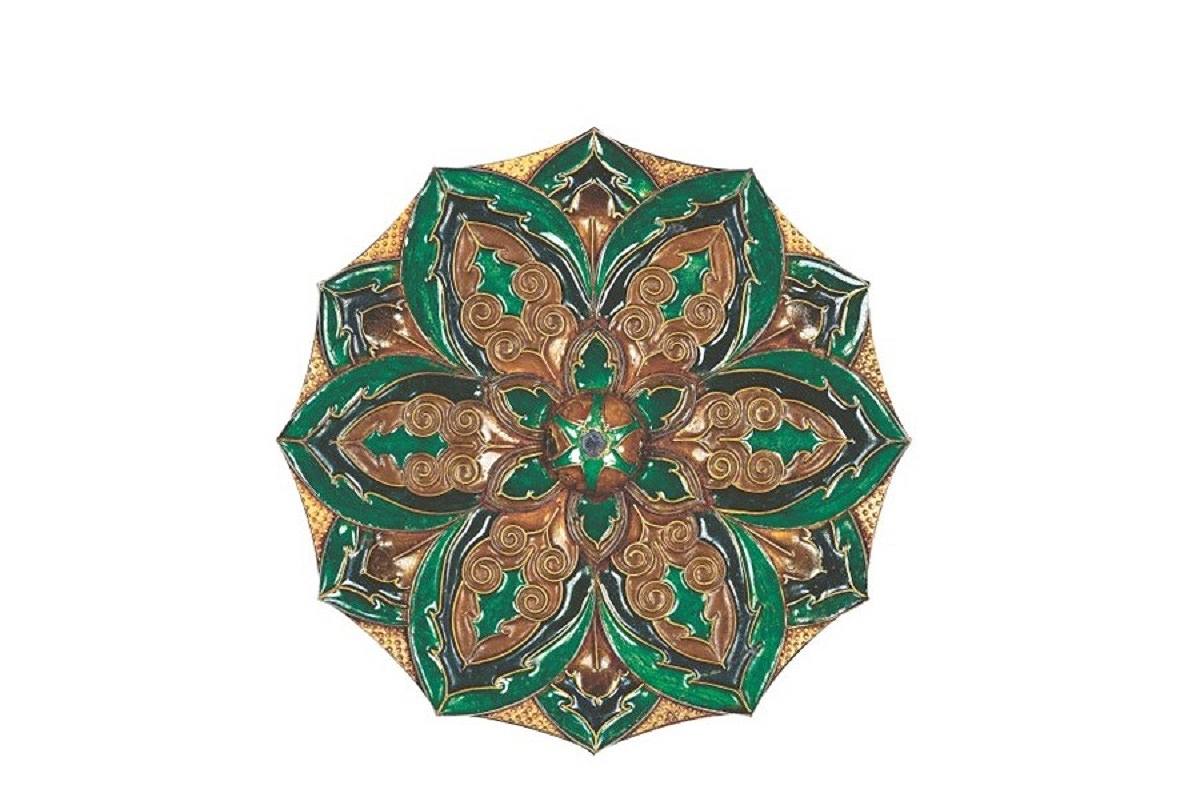
(Twelve-Pointed Mirror Decorated with Gold-Rimmed Cloisonne Petals on a Silver Plate)
(18.5 centimeters in diameter, 1.4 centimeters thick at the edge)
This mirror has a luxuriously decorated back side adorned with thin silver plates and the shippo cloisonne enamel technique, in which a glass-based glaze is fired onto a metal surface. The design is called Hosoge-mon based on an imaginary plant. Gold plates are applied to the recesses at the edge outside the yellow and green petals, creating an impressive contrast of colors.
Shika Kusaki Kyokechi no Byobu
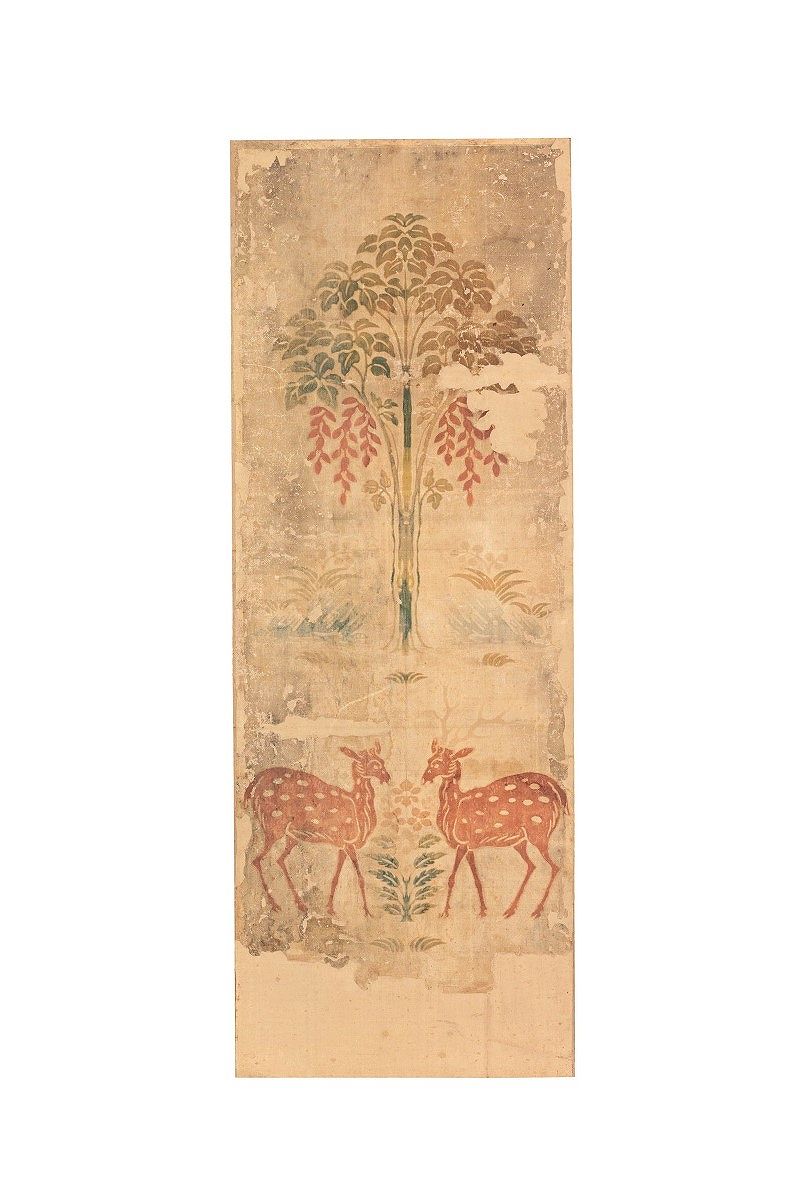
(Standing Screen Panel with Clamp-Resist Design of Deer and Plants under a Tree)
(125.1 centimeters long, 49.5 centimeters wide)
This is part of 17 folding screens recorded in “Kokka Chinpo Cho.” The piece was dyed using the kyokechi technique, in which a piece of cloth is clamped between two wooden boards with an engraved design inside and then dyed. The design shows two deer facing each other under a large tree, surrounded by images of plants and flying birds. The design of a pair of animals under a tree is said to have originated in West Asia, indicating the international nature of the Shoso-in treasures.
Murasakiji Otorigata Nishiki no Onshoku
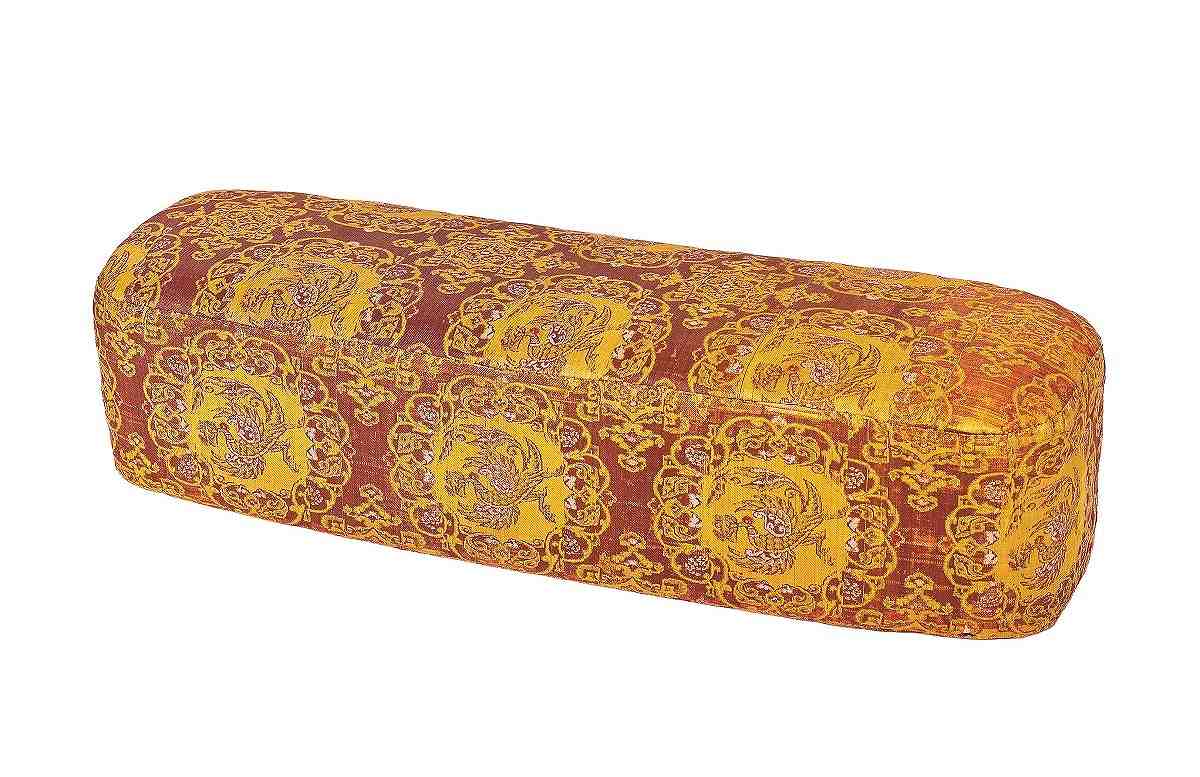
(Arm Rest Covered in a Patterned Silk (Nishiki) of Phoenix Medallions on a Purple Ground)
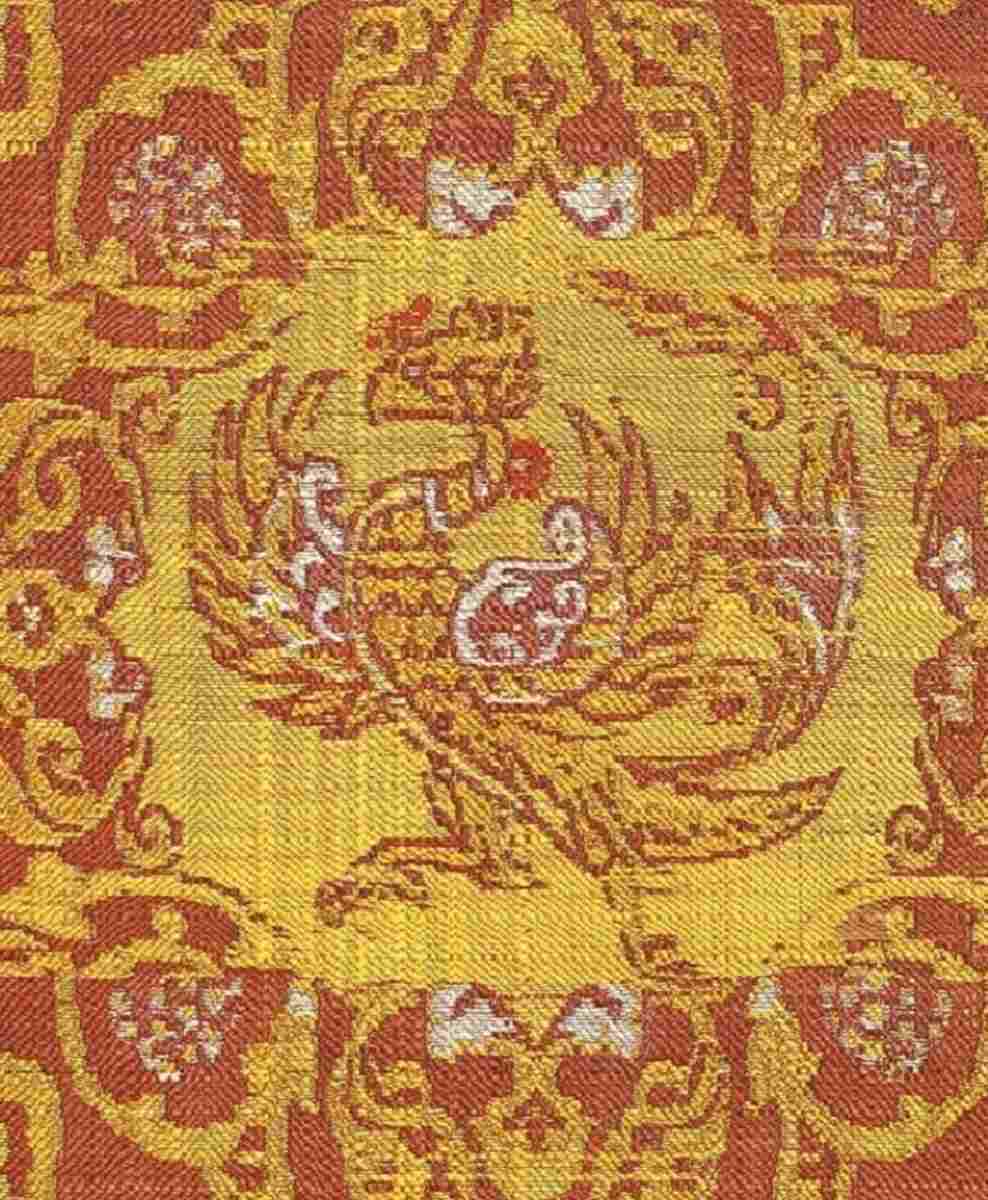
(20 centimeters high, 79 centimeters long, 25 centimeters wide)
This is an armrest associated with Emperor Shomu, recorded in “Kokka Chinpo Cho,” which lists items cherished by the emperor. The brocade covering its surface is decorated with a design of phoenixes stretching their wings and grapevine arabesques. In ancient China, the phoenix was considered a symbol of good government. A brocade with a similar design was found in Turfan in Xinjiang Uygur Autonomous Region, China.
Jinko Mokuga no Hako
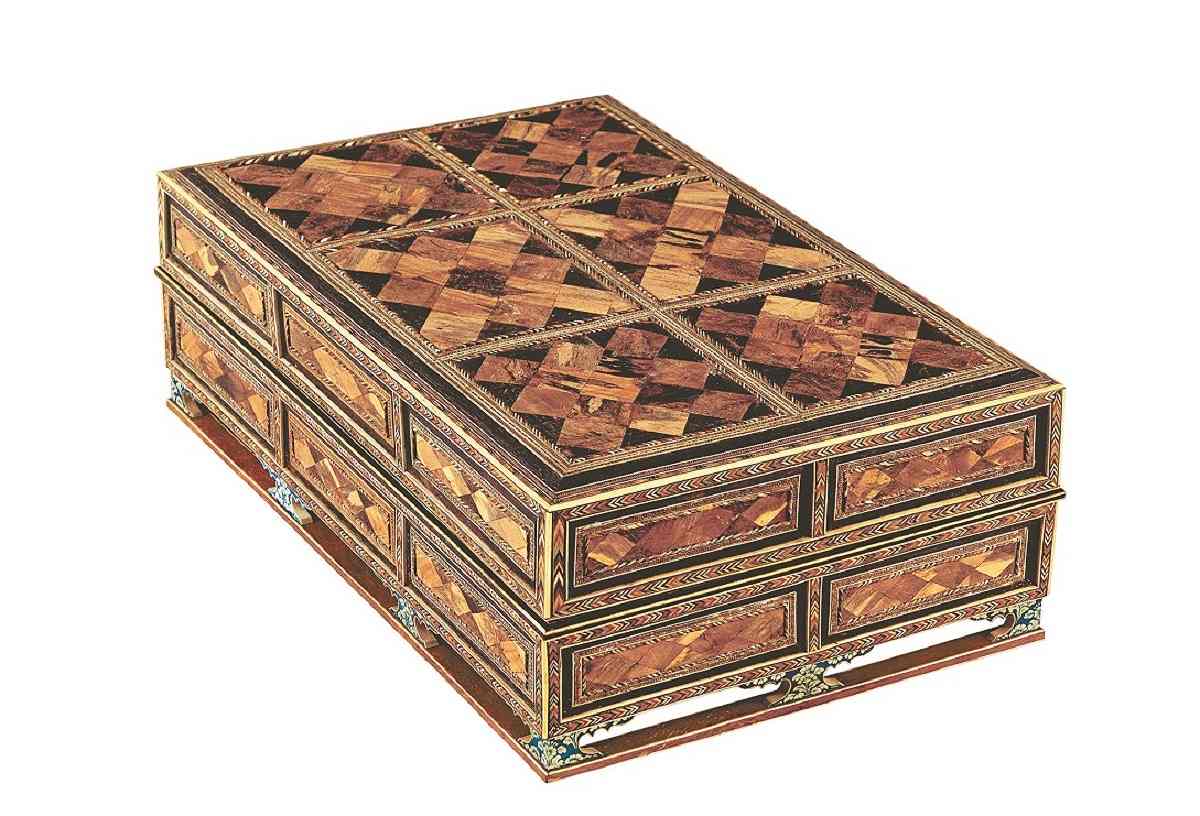
(Aloeswood Offering Box with Marquetry Design)
(28 centimeters long, 44.6 centimeters wide, 14.6 centimeters high)
This box is believed to have contained offerings to the Buddha. The box is decorated with geometric patterns made with diamond-shaped and triangular thin sheets that were cut from jinko, a high-grade imported material, and applied to the box’s outer surface. The elaborate decoration was done by marquetry using wood of various colors, animal horn and metal. The legs are decorated with floral patterns on a dark blue background.
Koge Bachiru no Shaku
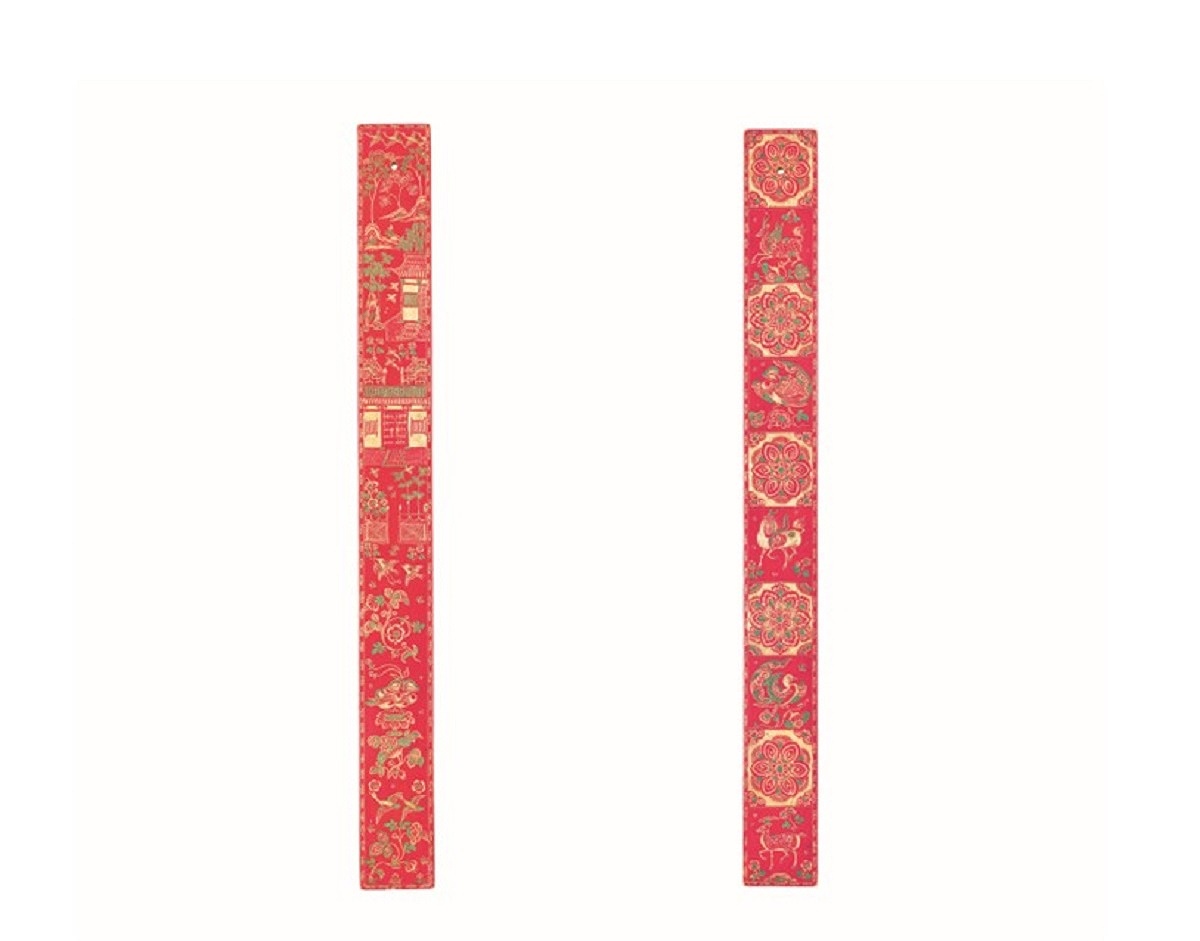
(Red Ivory Ruler with Engraved Bachiru Design of Birds and Flowers)
(30.7 centimeters long, 3.1 centimeters wide, 0.9 centimeters thick)
This piece is a strikingly bright red ivory ruler. It is thought to have been used for ceremonial purposes. It was made using the bachiru technique of engraving designs into the surface of ivory that has been dyed. On the front are carved images of qilin, a mythical Chinese animal, and other animals along with Chinese floral patterns, while on the back is a landscape with a building and mountains. The red dye is made from insect secretions.
Advance reservations required
Nara National Museum / Oct. 26-Nov. 11 / Open daily
Hours: 8 a.m. to 6 p.m. (until 8 p.m. on Friday, Saturday, Sunday and Nov. 4). Last entry one hour before closing.
Tickets: ¥2,000 for adults, ¥1,500 for university and high school students, ¥500 for junior high and elementary school students
Late-hour discount: ¥1,500 for adults, ¥1,000 for university and high school students, free for junior high and elementary school students (after 4 p.m. on Monday-Thursday, and after 5 p.m. on Friday, Saturday, Sunday and Nov. 4)
*Tickets are available on a first-come, first-served basis through https://www.e-tix.jp/shosoin-ten/en/
*Tickets will be sold up until entrance time slots on exhibition days; sales end when tickets sell out. No tickets will be sold at the Nara National Museum.
*For more information, see https://shosoin-ten.jp/en/
Organizer: Nara National Museum
Sponsors: Iwatani Corporation, INDEN-YA Co., Ltd., SGC Co., Ltd., NIPPON TELEGRAPH AND TELEPHONE WEST CORPORATION, Kansai Electrical Safety Inspection Association, Kintetsu Railway Co., Ltd., Central Japan Railway Company, West Japan Railway Company, Shionogi Healthcare Co., Ltd., DAIKIN INDUSTRIES, LTD., Daicel Corporation, Daiwa House Industry Co., Ltd., Nakanishi Metal Works Co., Ltd., Maruichi Steel Tube Ltd., YAMATO NOEN Co., Ltd.
Special cooperation: The Yomiuri Shimbun
Cooperation: Yomiuri Telecasting Corporation, others
"Culture" POPULAR ARTICLE
-
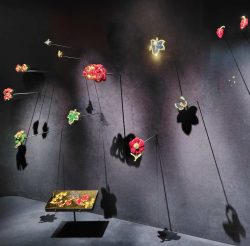
Van Cleef & Arpels Dazzles with Art Deco Artisanry at Tokyo Exhibit
-
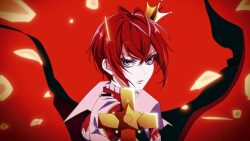
Disney’s ‘Twisted-Wonderland’ Animated Series Puts Villains in Spotlight: New Show Features School Inspired by Classic Disney Films
-
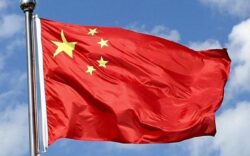
Ayumi Hamasaki’s Shanghai Concert Canceled Day Before Schedule as Part of Beijing Backlash
-

‘The World Masterpiece Theater Series’ Celebrates 50 Years; Animator Looks Back on Creating Anime Classics
-

Popularity of Piggy Banks Across Time and Place Seen at Bank’s Museum of Money Boxes in Hyogo Pref.
JN ACCESS RANKING
-

Tokyo Economic Security Forum to Hold Inaugural Meeting Amid Tense Global Environment
-

Keidanren Chairman Yoshinobu Tsutsui Visits Kashiwazaki-Kariwa Nuclear Power Plant; Inspects New Emergency Safety System
-

Imports of Rare Earths from China Facing Delays, May Be Caused by Deterioration of Japan-China Relations
-

University of Tokyo Professor Discusses Japanese Economic Security in Interview Ahead of Forum
-

Japan Pulls out of Vietnam Nuclear Project, Complicating Hanoi’s Power Plans


